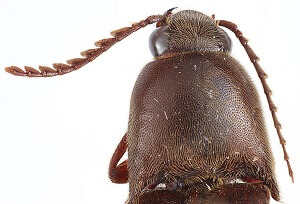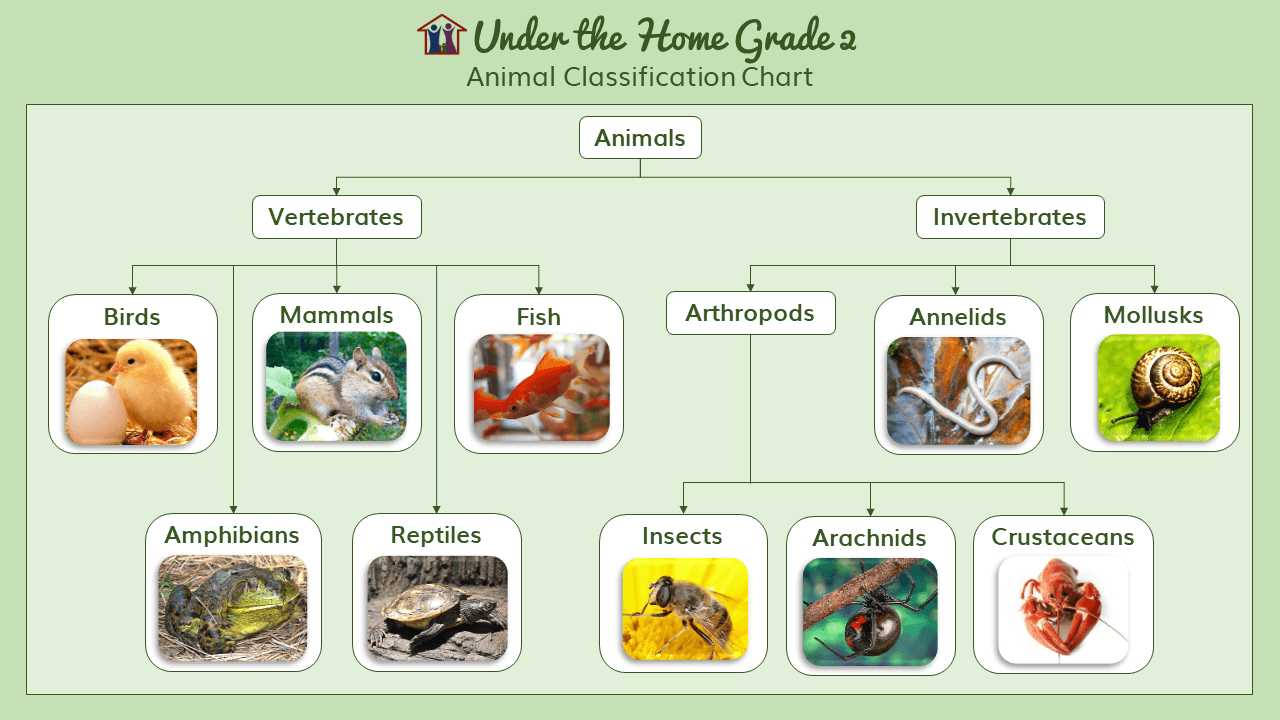Lesson 9: The Cricket
Performer: LibriVox - Claire Schreuder
'The Crickets' School' from Among the Meadow People by Clara Dillingham Pierson
In one corner of the meadow lived a fat old Cricket, who thought a great deal of himself. He had such a big, shining body, and a way of chirping so very loudly, that nobody could ever forget where he lived. He was a very good sort of Cricket, too, ready to say the most pleasant things to everybody, yet, sad to relate, he had a dreadful habit of boasting. He had not always lived in the meadow, and he liked to tell of the wonderful things he had seen and done when he was younger and lived up near the white farmhouse.
When he told these stories of what he had done, the big Crickets around him would not say much, but just sit and look at each other. The little Crickets, however, loved to hear him talk, and would often come to the door of his house (which was a hole in the ground), to beg him to tell them more.
One evening he said he would teach them a few things that all little Crickets should know. He had them stand in a row, and then began: "With what part of your body do you eat?"
"With our mouths," all the little Crickets shouted.
"With what part of your body do you run and leap?"
"Our legs," they cried.
"Do you do anything else with your legs?"
"We clean ourselves with them," said one.
"We use them and our mouths to make our houses in the ground," said another.
"Oh yes, and we hear with our two front legs," cried one bright little fellow.
"That is right," answered the fat old Cricket. "Some creatures hear with things called ears, that grow on the sides of their heads, but for my part, I think it much nicer to hear with one's legs, as we do."
"Why, how funny it must be not to hear with one's legs, as we do," cried all the little Crickets together.
"There are a great many strange things to be seen in the great world," said their teacher. "I have seen some terribly big creatures with only two legs and no wings whatever."
"How dreadful!" all the little Crickets cried. "We wouldn't think they could move about at all."
"It must be very hard to do so," said their teacher; "I was very sorry for them," and he spread out his own wings and stretched his six legs to show how he enjoyed them.
"But how can they sing if they have no wings?" asked the bright little Cricket.
"They sing through their mouths, in much the same way that the birds have to. I am sure it must be much easier to sing by rubbing one's wings together, as we do," said the fat old teacher. "I could tell you many strange things about these two-legged creatures, and the houses in which they live, and perhaps one day I will. There are other large four-legged creatures around their homes that are very terrible, but, my children, I was never afraid of any of them. I am one of the truly brave people who are never frightened, no matter how terrible the sight. I hope, children, that you will always be brave, like me. If anything should scare you, do not jump or run away. Stay right where you are, and——"
But the little Crickets never heard the rest of what their teacher began to say, for at that minute Brown Bess, the Cow, came through a broken fence toward the spot where the Crickets were. The teacher gave one shrill "chirp," and scrambled down his hole. The little Crickets fairly tumbled over each other in their hurry to get away, and the fat old Cricket, who had been out in the great world, never again talked to them about being brave.



